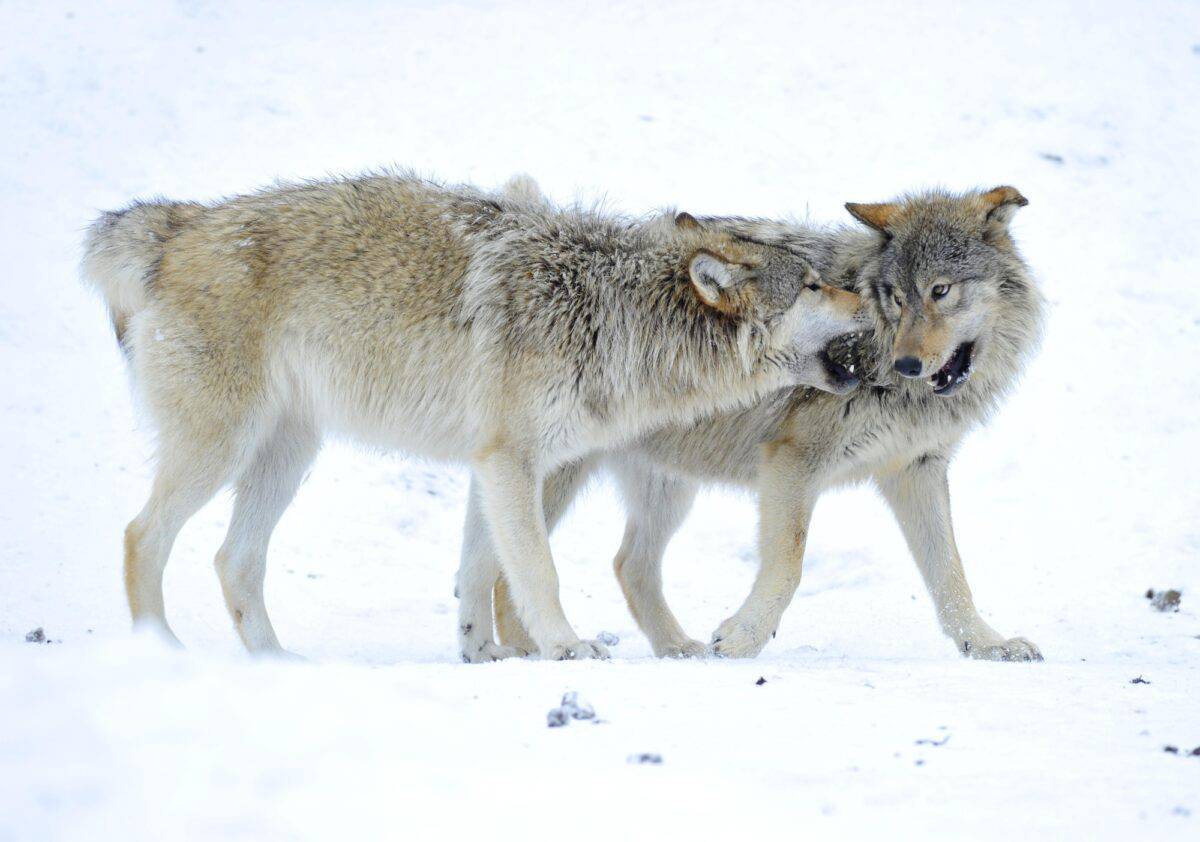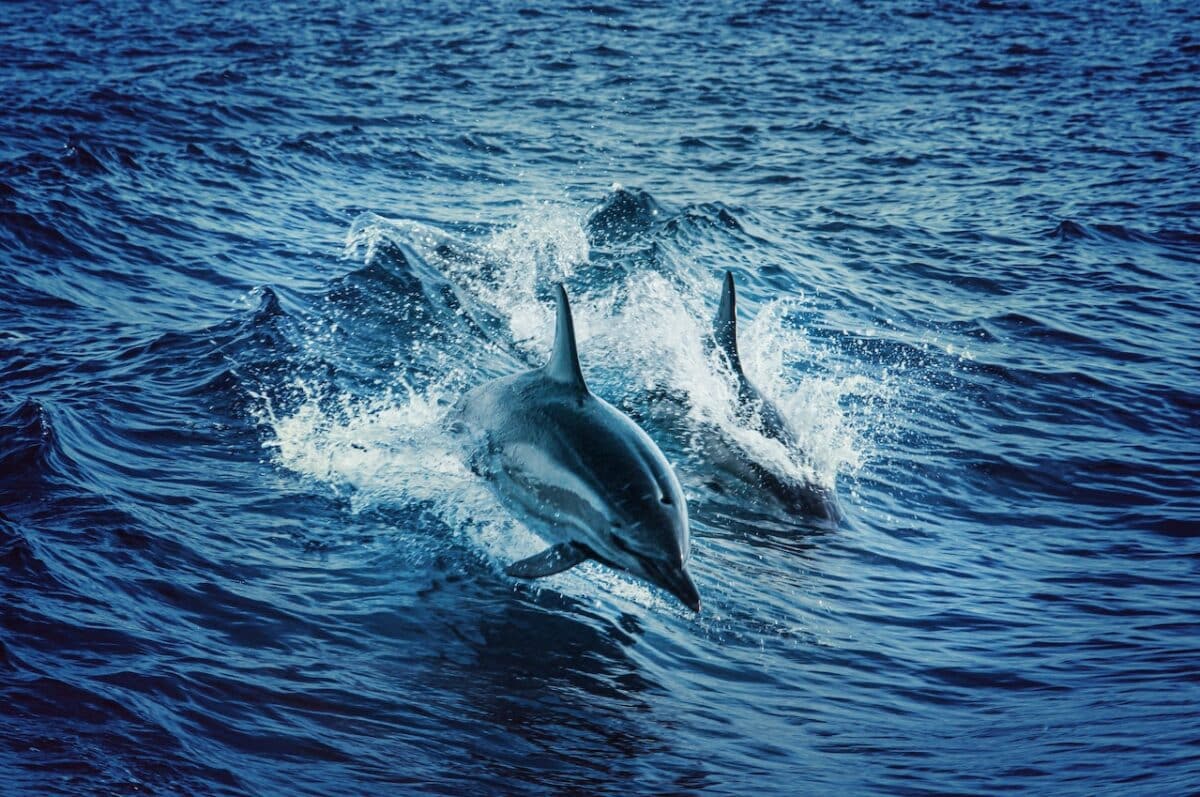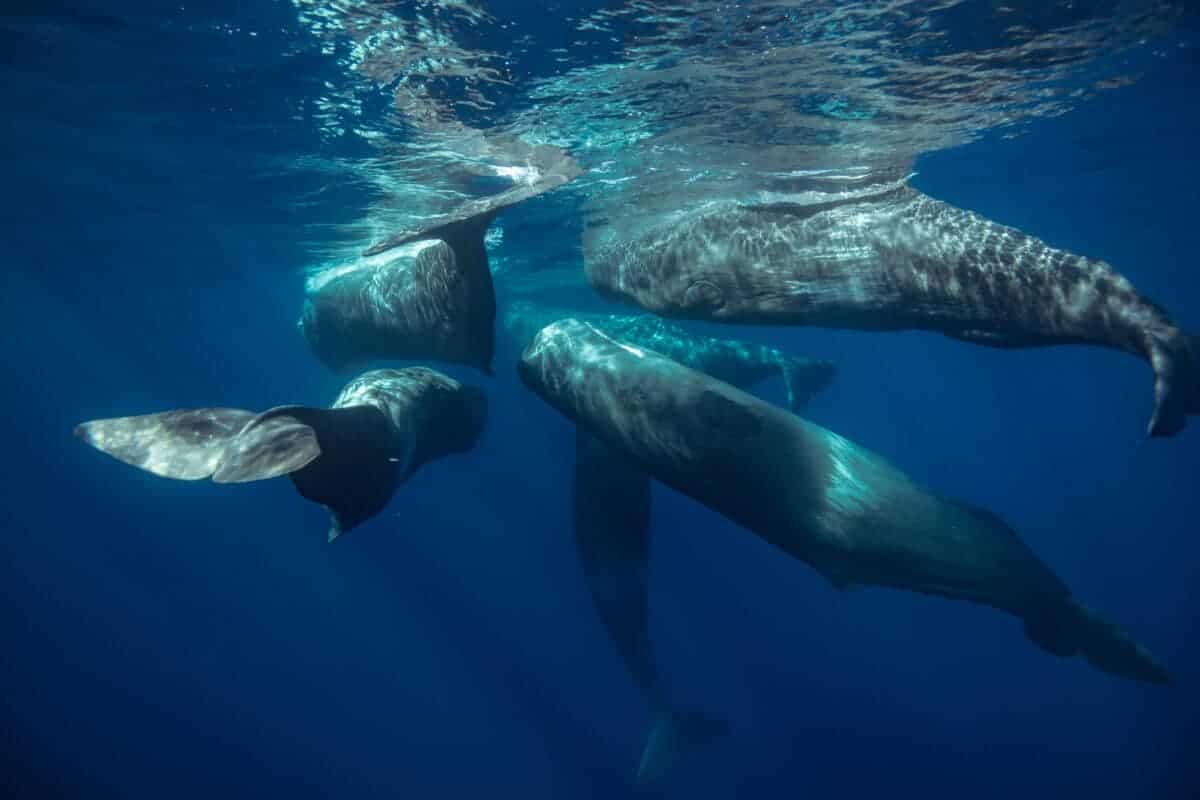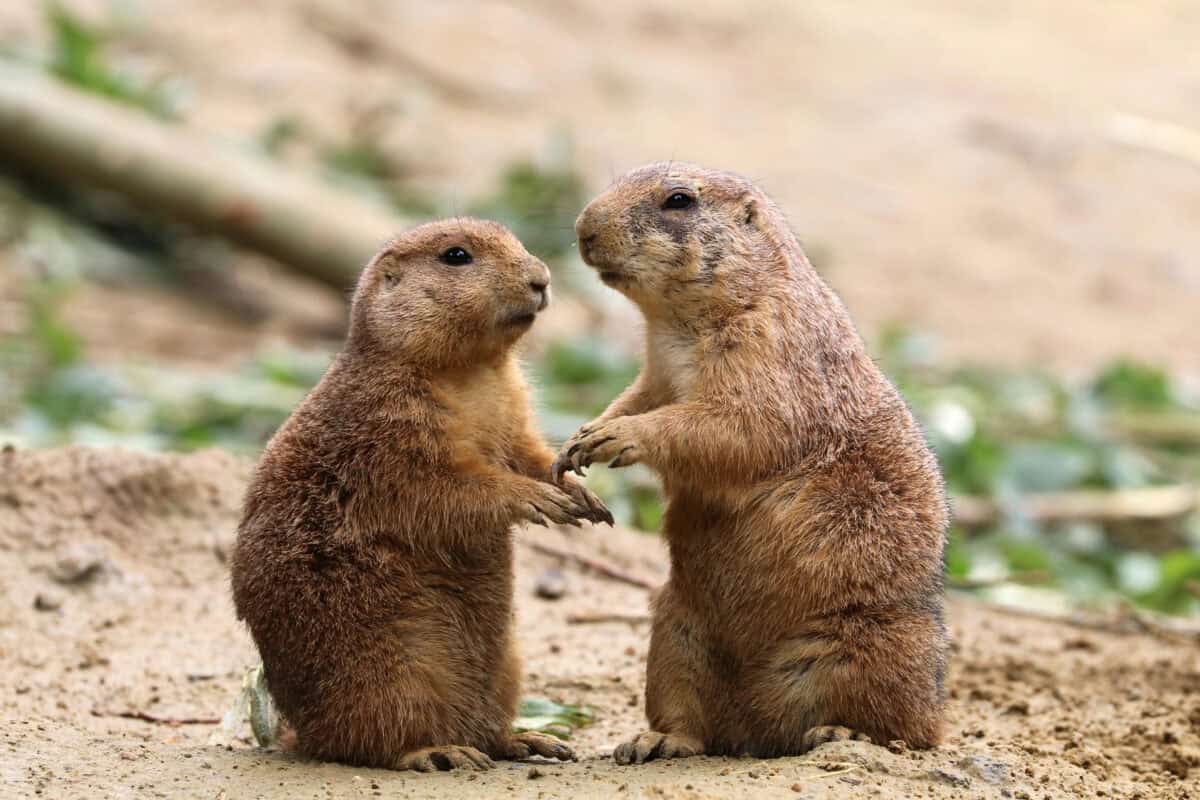In the diverse world of mammals, social relationships are often key to survival, emotional well-being, and evolutionary success. Many mammal species have developed intricate social structures that go beyond mere cooperation for practical purposes. These bonds can involve complex emotions, long-term relationships, and sophisticated forms of communication. From the plains of Africa to the depths of our oceans, mammals demonstrate remarkable abilities to form and maintain strong social connections that rival human relationships in their depth and complexity. Let’s explore 15 remarkable mammals whose social bonds showcase the sophisticated emotional lives of animals.
The Science Behind Mammalian Social Bonds

Mammalian social bonding is rooted in neurobiology and has evolved over millions of years. The mammalian brain contains specialized neural circuits dedicated to social recognition and bonding, particularly in the limbic system. Hormones like oxytocin, often called the “love hormone,” play a crucial role in facilitating attachment between individuals. This hormone is released during positive social interactions, reinforcing connections between family members, friends, and mating partners. Animals with higher oxytocin levels tend to display more pronounced bonding behaviors, helping explain why some species form particularly strong social ties. These neurological adaptations have evolved because, for many mammals, social living offers substantial survival advantages, including improved predator detection, more efficient foraging, cooperative breeding, and knowledge transfer between generations.
14. African Elephants Matriarchal Societies

African elephants live in one of the animal kingdom’s most complex and tight-knit social structures. Their society revolves around matriarchal family units led by the oldest and most experienced female, with groups typically consisting of related females and their offspring. These matriarchs carry decades of ecological knowledge, including locations of reliable water sources and feeding grounds that can mean the difference between survival and death during droughts. Elephant social bonds are extraordinarily strong, with individuals recognizing and maintaining relationships with hundreds of other elephants. They also demonstrate profound grief behaviors, often standing vigil over their dead, touching the bones of deceased family members, and emitting low-frequency rumbles that can signal distress to other elephants miles away. Their exceptional memory allows elephants to recognize family members after decades of separation, leading to jubilant reunion ceremonies that include trumpeting, urinating, defecating, and secreting temporal gland fluid—all signs of extreme excitement and emotional connection.
13. Bottlenose Dolphins Complex Marine Communities

Bottlenose dolphins maintain sophisticated social networks that researchers have compared to human societies in their complexity. They operate in what scientists call a “fission-fusion” society, where individuals form temporary groups that change in composition throughout the day, but maintain long-term relationships with specific individuals. Each dolphin possesses a unique signature whistle—essentially a name—that they develop in their first year of life and use throughout their lifetime to identify themselves to others. These marine mammals form particularly close same-sex bonds, with males creating “alliances” of 2-3 individuals that can last for decades and help with mating success and defense. Female dolphins maintain strong bonds with their calves, with the mother-calf relationship lasting 3-6 years. Dolphins also engage in cooperative hunting, synchronizing their movements with remarkable precision to herd fish or trap them against barriers. Their social intelligence extends to cultural transmission of skills, with documented cases of tool use and hunting techniques being passed between generations.
12. Wolves The Original Pack Animals

Wolf packs represent one of nature’s most cohesive family units, typically consisting of a breeding pair (the alphas) and their offspring from several years. Contrary to popular misconceptions about aggressive dominance hierarchies, wild wolf packs function more like human families, with parents guiding their children. The social bonds within a pack are reinforced through elaborate greeting rituals, cooperative hunting, and coordinated care of young. Wolves howl to communicate with pack members, with each wolf having a distinct vocalization that others can recognize. This allows them to maintain contact across vast territories that can span up to 1,000 square miles. Pack members display remarkable levels of cooperation when hunting large prey like moose or elk, with success rates increasing dramatically when working together compared to lone wolves. Perhaps most touching is their care for injured pack members, with documented cases of wolves regurgitating food for wounded companions unable to join hunts and defending vulnerable individuals from threats.
11. Chimpanzees Our Social Cousins

As our closest living relatives, chimpanzees showcase social bonds with striking similarities to human relationships. Chimps live in communities of 20-150 individuals with complex political dynamics, including alliances, reconciliation after conflicts, and even primitive warfare between groups. Male chimpanzees form particularly strong bonds, engaging in behaviors like grooming, food sharing, and coalition formation to gain status within the group. These bonds directly affect reproductive success and longevity. Female chimpanzees form their strongest bonds with their offspring, with mother-child relationships lasting well into adulthood. Chimps demonstrate extraordinary empathy, consoling distressed group members through embraces and grooming. They’re also one of the few non-human animals to engage in cooperative hunting with role specialization, where different individuals take on distinct roles like drivers, blockers, and ambushers when pursuing colobus monkeys. Their tool use and problem-solving abilities are transmitted socially, creating distinct cultural traditions that vary between communities—a phenomenon once thought unique to humans.
10. Meerkats Cooperative Desert Survivors

Few mammals demonstrate cooperative living more dramatically than meerkats. These small mongoose relatives survive the harsh conditions of the Kalahari Desert through extraordinary teamwork. Meerkat society revolves around a dominant breeding pair, with subordinate group members helping raise the young in what biologists call “cooperative breeding.” Specific individuals take on sentinel duty, standing guard on elevated positions and giving distinct alarm calls that not only alert the group to danger but specify the type of predator approaching—whether aerial or terrestrial—allowing for appropriate escape responses. Meerkats engage in babysitting, with helpers often foregoing their own foraging to care for another’s pups, keeping them cool underground during scorching desert days. Perhaps most remarkable is their teaching behavior, with adults demonstrating to juveniles how to safely handle dangerous prey like scorpions by first disabling them and gradually allowing young meerkats to practice hunting skills as they develop. Group members recognize each other through scent and vocalizations, maintaining cohesion even in the chaotic aftermath of predator attacks.
9. Killer Whales (Orcas) Matrilineal Marine Societies

Killer whales maintain some of the most stable family groups known in the animal kingdom, with individuals remaining with their mothers for their entire lives. Their social structure revolves around matrilines—groups consisting of a matriarch and several generations of her descendants. These family bonds can span over 100 years, with some matriarchs living into their 80s or 90s while continuing to lead their pods. Each orca pod develops its own distinct vocal dialect, a set of calls unique to that family group that helps maintain cohesion and may serve as a cultural identity marker. This vocal culture is so pronounced that researchers can identify specific pods simply by listening to their calls. Different orca populations also develop specialized hunting techniques passed down through generations, from intentionally beaching themselves to catch seals in Argentina to creating waves to wash seals off ice floes in Antarctica. The death of a matriarch represents a significant loss, as she carries decades of ecological knowledge critical for the pod’s survival, particularly regarding feeding grounds and migration routes.
8. Lions The Pride Dynamic

The African lion’s social structure—the pride—stands in stark contrast to most other big cats, which typically lead solitary lives. A lion pride usually consists of related females, their cubs, and a coalition of 2-4 adult males who have secured breeding rights. Female pride members form the stable core of the group, with sisters, mothers, daughters, and aunts working together to raise cubs cooperatively, a practice called communal nursing. This system provides numerous advantages, as lionesses synchronize their breeding to ensure multiple cubs of similar ages benefit from abundant milk resources and protection. Group hunting allows lions to tackle prey much larger than themselves, like buffalo or giraffes, with different pride members taking specialized positions during coordinated attacks. Males, while often portrayed as merely beneficiaries of female hunting success, play the crucial role of territory defense against rival coalitions that would kill cubs if they took over. Perhaps most touching is how lionesses will adopt and raise orphaned cubs from their sisters or cousins, ensuring the survival of their shared genetic heritage.
7. Bonobos Peaceful Primate Societies

While often overshadowed by their chimpanzee cousins, bonobos demonstrate perhaps the most peaceful and socially sophisticated primate society on Earth. Unlike male-dominated chimpanzee groups, bonobo society centers around strong bonds between females, who maintain group cohesion and resolve conflicts using affiliative behaviors rather than aggression. Female bonobos form powerful coalitions that collectively dominate males despite their smaller size, a rare phenomenon in mammals. The most distinctive aspect of bonobo society is their use of sexual behavior as a social tool—they engage in frequent sexual interactions across all age and sex combinations (excluding parent-offspring pairs) to reduce tension, reconcile after conflicts, and cement social bonds. This “make love, not war” approach results in dramatically lower rates of lethal aggression compared to chimpanzees. Bonobos also demonstrate remarkable empathy, spontaneously helping unfamiliar bonobos without expectation of reward and sharing food with others, even strangers. Their communication is sophisticated, with bonobos using specific vocalizations that function almost like words to coordinate group activities and express intentions.
6. Sperm Whales Deep-Diving Social Networks

Sperm whales maintain complex social structures despite spending much of their lives diving to extreme depths in search of giant squid and other prey. Female sperm whales and their young live in stable, matrilineal units of 10-20 individuals who may stay together for decades or even throughout their entire lives. These family groups feature babysitting arrangements where one or two adults remain near the surface with young calves while others make deep feeding dives that can last over an hour and reach depths exceeding 3,000 feet. Sperm whales possess the largest brain of any animal on Earth, and they use this cognitive power for sophisticated communication through patterns of clicks called “codas” that identify family groups and individuals—essentially functioning as names. Different sperm whale clans have distinct coda dialects that serve as cultural markers, similar to human languages. Perhaps most remarkable is their communal defense strategy—when threatened by predators like killer whales, sperm whales form a defensive “marguerite formation” with their heads together and tails facing outward, protecting vulnerable calves in the center while using their powerful flukes to fend off attackers.
5. Beavers Monogamous Family Engineers

Beavers stand out amon rodents for their exceptional family bonds and cooperative lifestyle. These industrious mammals typically form monogamous pairs that remain together for life—a rarity in the animal kingdom—and work as a team to build and maintain elaborate dams and lodges. A beaver family, called a colony, consists of the adult breeding pair and their offspring from the current and previous years, with young beavers usually staying with their parents until they’re about two years old. The entire family contributes to construction and maintenance projects, with parents teaching specific building techniques to their kits. During winter months, beaver families huddle together in their lodges, sharing body heat to survive frigid temperatures while subsisting on food stores they’ve collectively gathered during warmer seasons. Their engineering feats, which can include dams stretching hundreds of feet, require remarkable coordination and represent one of nature’s most impressive examples of animal architecture. The structures beavers create together benefit not just their immediate family but create wetland habitats supporting hundreds of other species, making them true ecosystem engineers.
4. Orangutans Semi-Social Forest Dwellers

While often characterized as solitary, orangutans actually maintain what researchers call a “loose social network” with complex relationships, particularly between mothers and offspring. An orangutan mother invests more time in raising a single offspring than any other non-human mammal, with young orangutans staying with their mothers for 7-8 years while learning over 200 food processing skills, nest-building techniques, and medicinal plant use. This extended dependency period allows for sophisticated cultural transmission, with different orangutan populations developing unique tool use traditions and communication signals. Adult female orangutans maintain knowledge of other females’ territories and movements, coordinating their travel to occasionally join together at abundant fruit sources. Even more surprisingly, researchers have documented that female orangutans who grew up together maintain these relationships into adulthood, occasionally reuniting and allowing their offspring to play together. Male orangutans develop along two distinct pathways—some become large “flanged” males with prominent cheek pads who defend territories and attract females, while others remain in a smaller “unflanged” state for years, using different social strategies to reproduce.
3. Prairie Dogs Communicative Colonial Rodents

Prairie dogs live in elaborate underground town-like colonies called “coteries,” where extended family groups maintain sophisticated social arrangements. Within these underground complexes, which can span hundreds of acres and contain thousands of individuals, prairie dogs demonstrate one of the animal kingdom’s most advanced vocal communication systems. Research has shown that their alarm calls contain specific information about predator types, including details about the predator’s size, shape, color, speed of approach, and even whether it’s carrying a weapon (in the case of humans). Each prairie dog also has a unique “name” call that identifies it to others. Coterie members greet each other with distinctive kiss-like gestures that help identify family members and maintain group cohesion. Prairie dogs engage in cooperative breeding, with multiple females often nursing each other’s young, and they work together to maintain their complex burrow systems with specialized chambers for sleeping, nursing young, and even designated toilet areas. They also coordinate sentinel behavior, with specific individuals taking watch duties while others forage, reducing predation risk for the entire colony.
2. Gorillas Gentle Giant Families

Mountain gorillas live in cohesive family groups led by a dominant silverback male who serves as both protector and group leader. Despite their intimidating appearance and tremendous strength, silverbacks primarily use their power to defend family members rather than for aggression within the group. The silverback makes crucial decisions about daily travel routes, feeding locations, and nesting sites while mediating conflicts between group members. Female gorillas form particularly strong bonds with the silverback, often staying close to him throughout the day and night for protection. Gorilla mothers maintain intense bonds with their infants, maintaining near-constant physical contact for the first six months of life. Young gorillas engage in play behavior that strengthens social bonds and teaches crucial skills, with adolescents often taking on “alloparenting” roles by carrying and protecting younger group members. When a silverback dies, the group typically disbands, highlighting his essential role in group cohesion. However, in rare cases, females may stay together and accept a new male leader, suggesting the bonds between females can sometimes transcend the patriarchal structure.
1. Naked Mole Rats Eusocial Underground Societies

Naked mole rats represent an evolutionary marvel as the only mammal to develop eusociality, a social system previously observed only in insects like bees and ants. Their underground colonies, which can contain up to 300 individuals, revolve around a single breeding female—the queen—who suppresses reproduction in other females through hormonal dominance. The colony operates with a rigid division of labor, with specialized worker mole rats digging tunnels, defending against predators, caring for the queen’s pups, and foraging for food, while larger “soldiers” protect the colony. Most remarkably, naked mole rats demonstrate cooperative behaviors rarely seen in mammals, including food sharing through a behavior called “begging,” where subordinate individuals solicit food from those who have foraged successfully. They also exhibit thermoregulation by huddling together in chambers, creating a collective warmth that compensates for their inability to generate body heat individually. Despite their seemingly alien appearance, naked mole rats show remarkable recognition of colony members, aggressively rejecting intruders from other colonies while accepting their own group members, even after long separations.
Conclusion:

Across oceans, forests, savannahs, and deserts, mammals demonstrate that complex social bonds are not uniquely human—they are deeply embedded in the animal kingdom’s evolutionary fabric. From the matriarch-led societies of elephants and killer whales to the cooperative networks of prairie dogs and meerkats, these relationships are vital for survival, learning, and emotional well-being. Through intricate communication, emotional depth, cultural traditions, and cooperative behaviors, mammals reveal a profound truth: the capacity for connection, empathy, and community extends far beyond our own species. As we continue to study and understand these extraordinary social structures, we gain not only insight into the natural world but also a deeper appreciation for the diverse ways life thrives through companionship and cooperation.
- 14 Mammals That Form Strong Social Bonds - August 8, 2025
- 15 Things You Did Not Know About Owl Eyes - August 7, 2025
- 15 Times Rescue Animals Proved They Are the Best Companions - August 7, 2025

